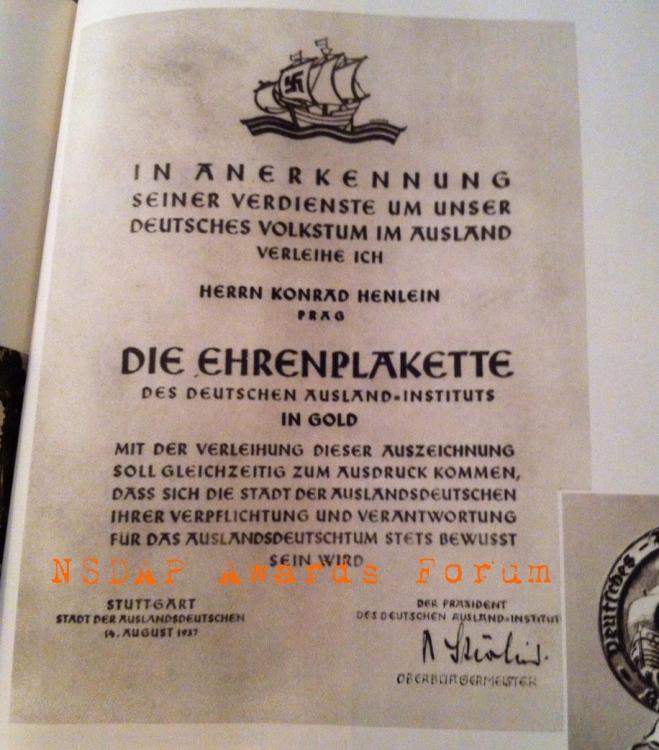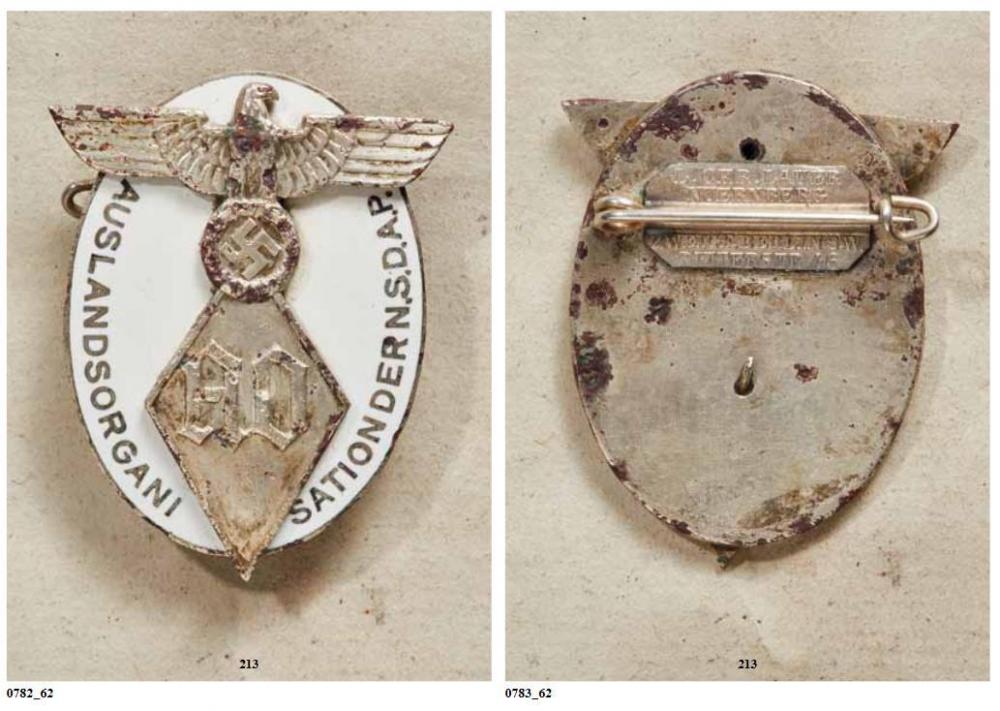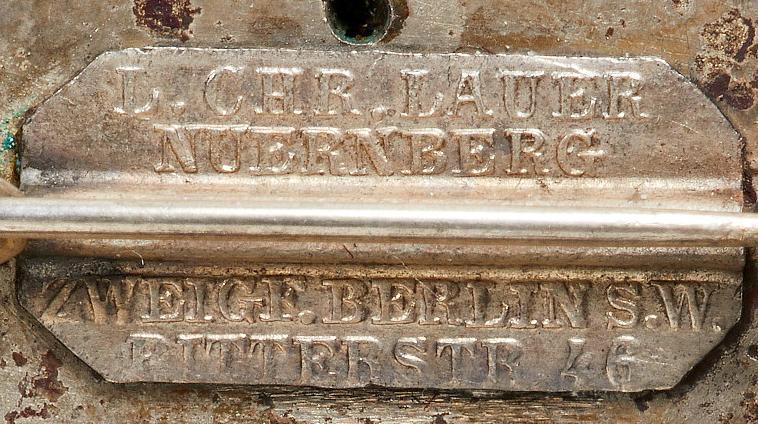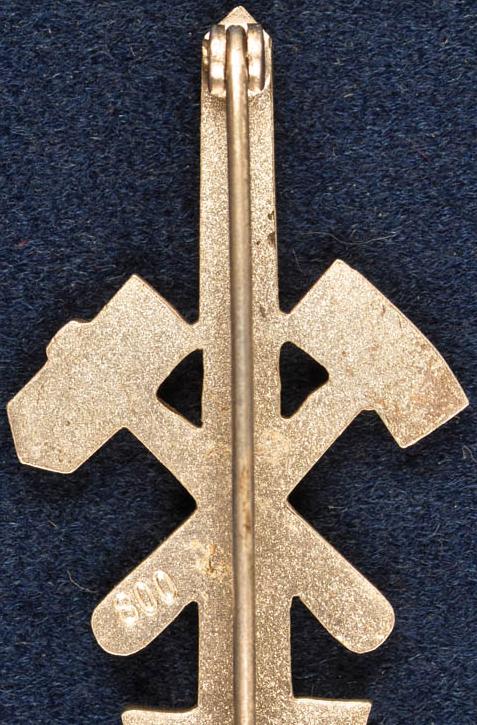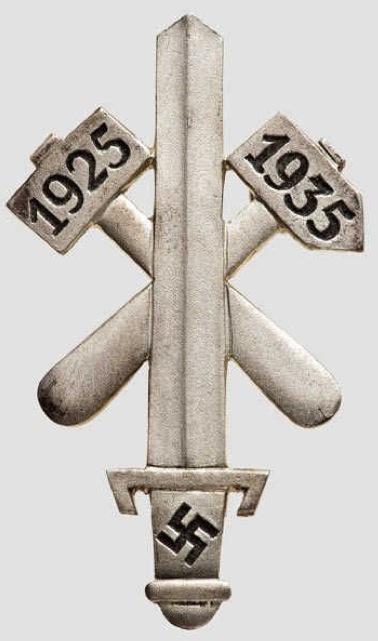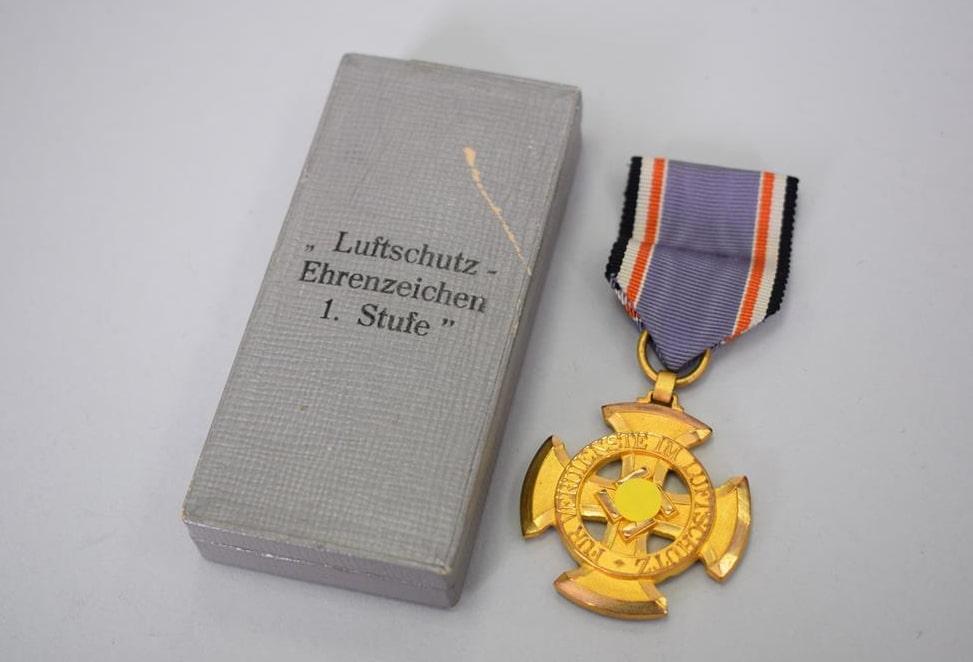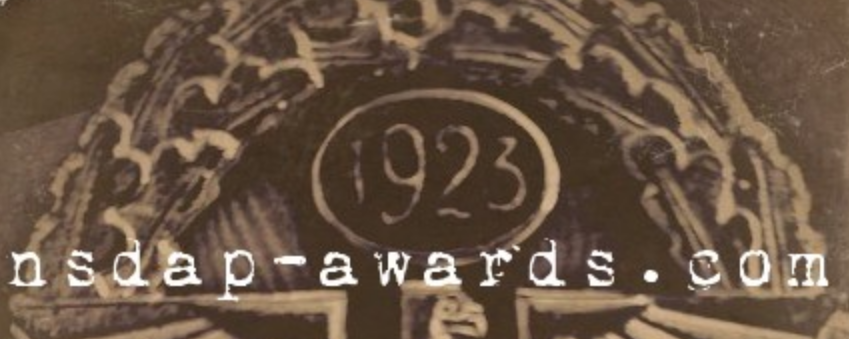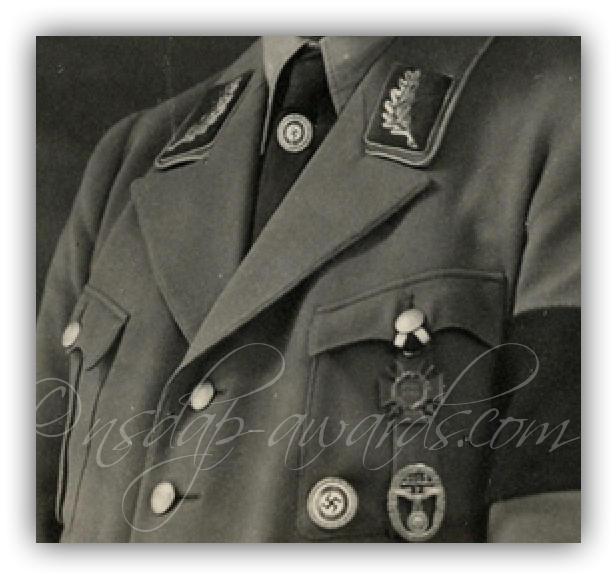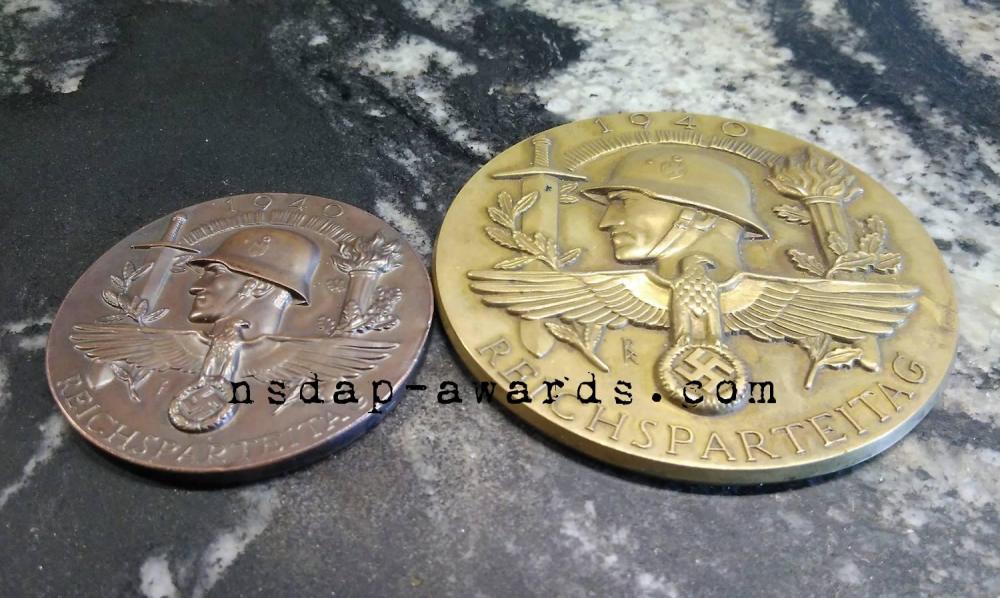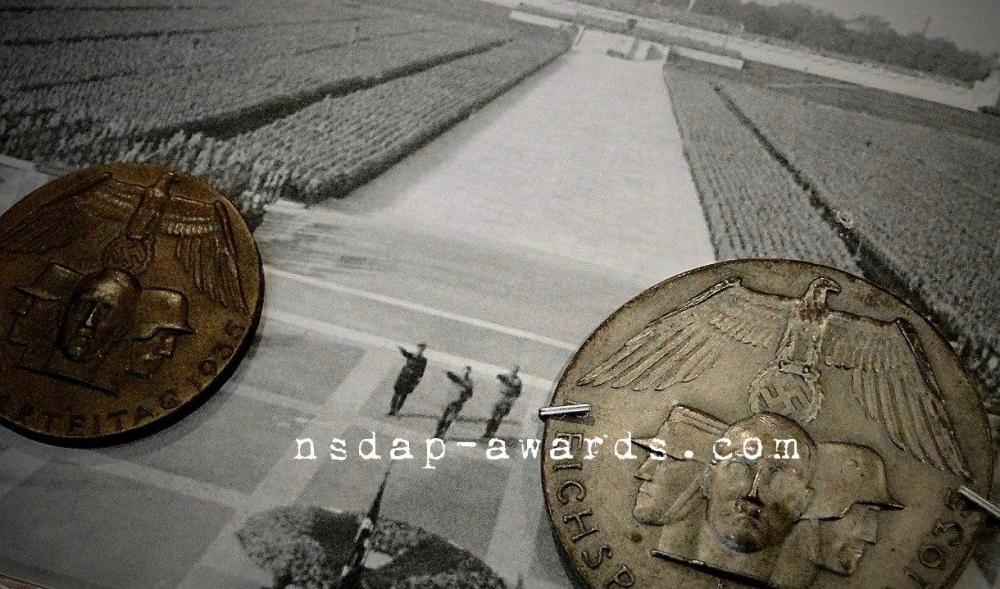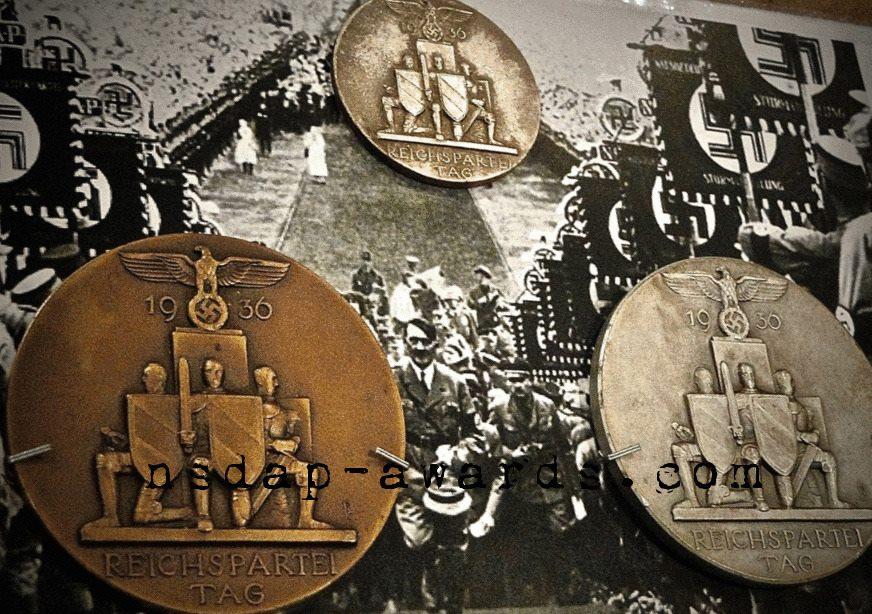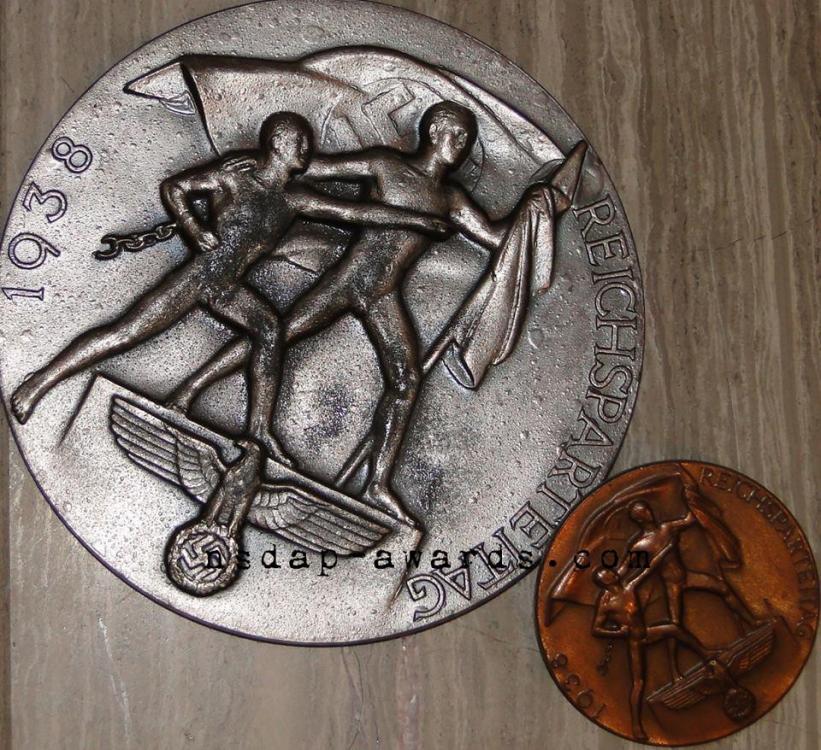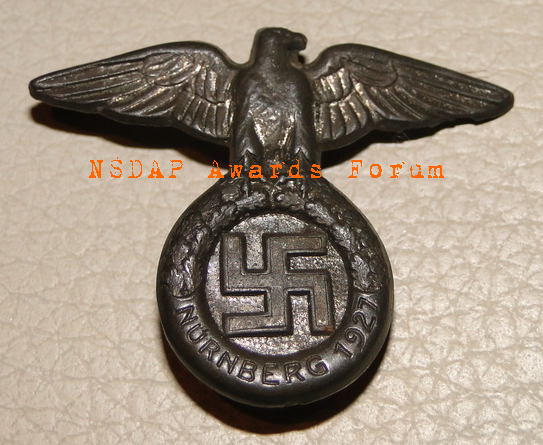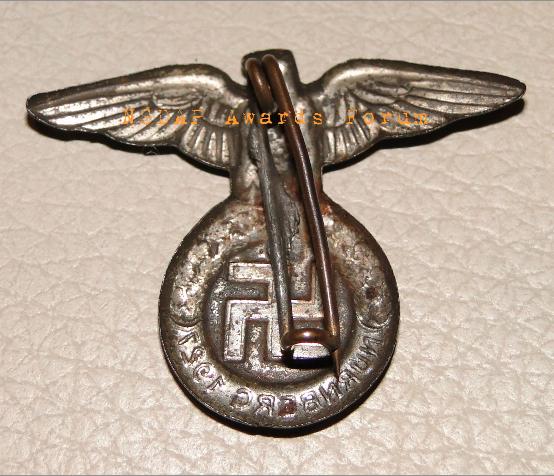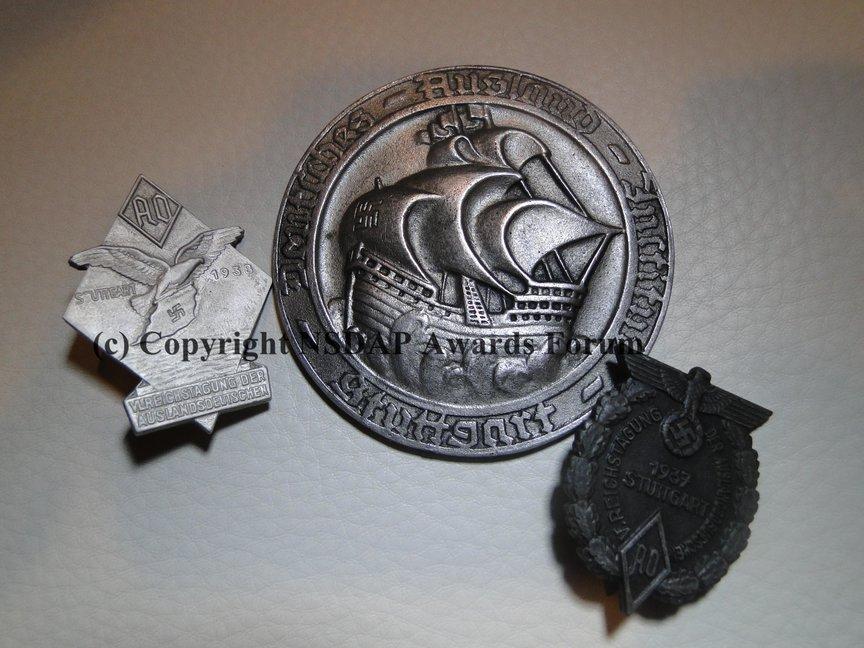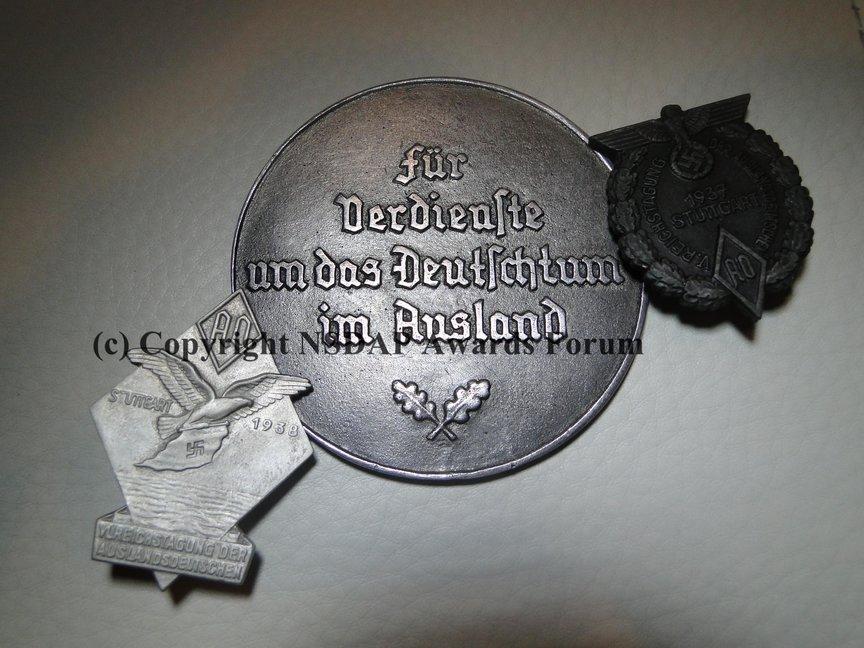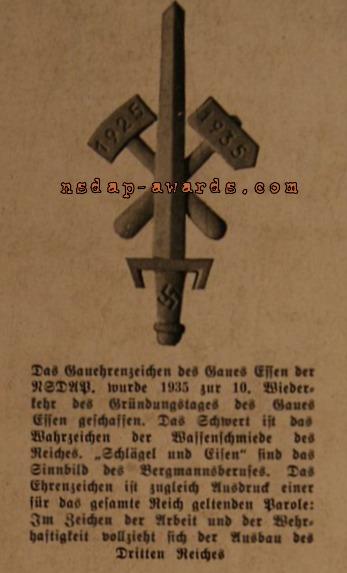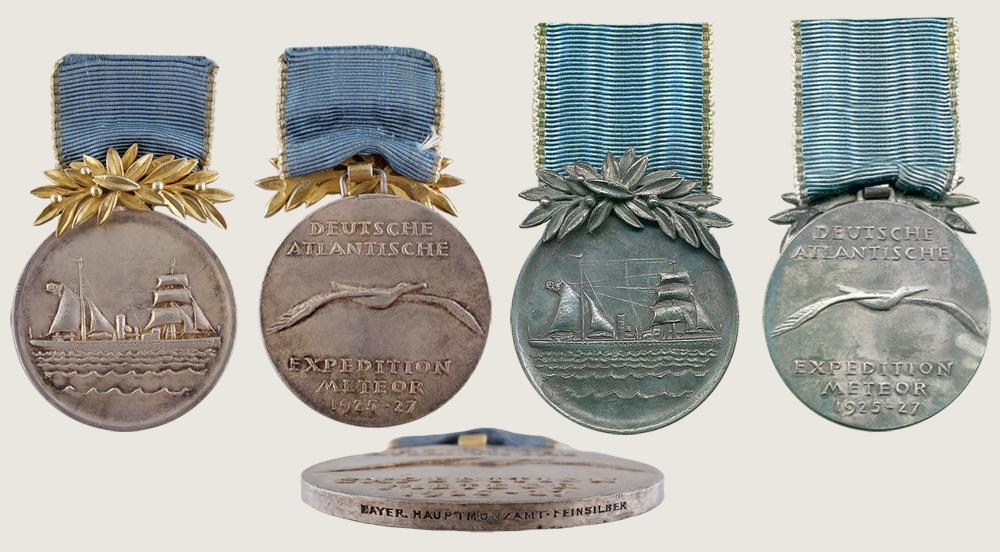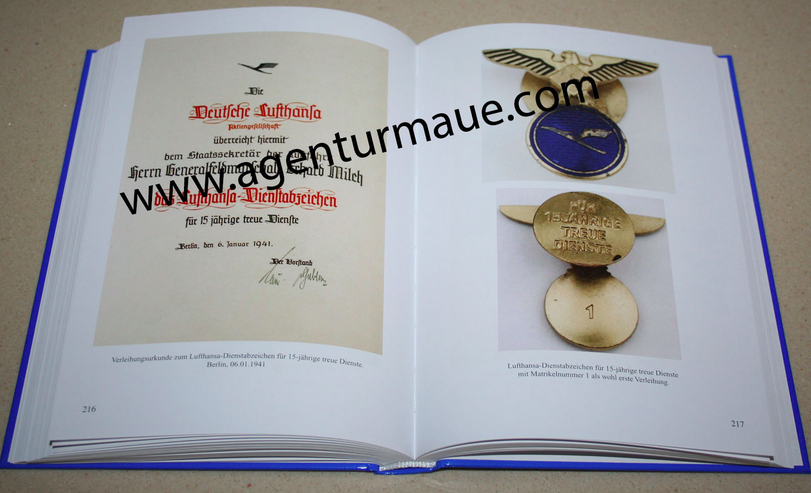-
Posts
190 -
Joined
-
Last visited
-
Days Won
2
Content Type
Profiles
Forums
Blogs
Gallery
Events
Store
Everything posted by Matthew Macleod
-

The Medal of Honor outside the USA
Matthew Macleod replied to Elmar Lang's topic in United States of America
What is illegal is: buying, attempting to buy, soliciting for purchase, mailing, shipping, importing, exporting, manufacturing, selling, attempting to sell, advertising for sale, trading, bartering, exchanging for anything of value or producing blank certificates of receipt for it. As for wearing it if you did not earn it- you are allowed to do so. Same with claiming you were awarded it- also perfectly legal. -

The Medal of Honor outside the USA
Matthew Macleod replied to Elmar Lang's topic in United States of America
US citizens are allowed to own both named and unnamed Medals of Honor. Makes no difference if it's inside or outside USA. -
Here's the pic of its verso. The article was written by O. Spronk and if memory serves it has been published in one of the issues of Military Advisor. And here is the badge (most of it, anyways) sold couple of years ago. It shows its three piece construction and it looks like it was put together from leftover parts (bent wire instead of rivets + tinnie hardware instead of the barrel/hinge & catch as seen on the previous one). Whether it was put together by Lauer or someone else is unknown. In fact, chances are it was not made by Lauer, although based on the state of hardware vs badge plate, its aging and plating, I believe it was.
-
Yes, I have. It is my unicorn. Believe it or not, it is a Gau Traditionsabzeichen of the AO. The last and only Gau badge most have never heard of. SInce the AO of NSDAP was organized as a Gau, with a Gauleiter as its leader, he (Wilhelm Bohle) was also authorized to bestow their Gau badges. The guidelines were the same as they were for other Gaue- recognition of recipients' service to the Party in their Gau (which in this case consisted of many). It has been said that three of such badges have been awarded. No source have been given unfortunately. I think it might be higher myself but that is juts my opinion and observation based on what happened to survive. I have more pics at the other comp and will post them when I get to work. This one shown has surfaced at HH Auction in the early 80's. It sold quickly for what was back then an ungodly sum of close to 10.000 DM and...was never seen again since. Obviously whoever wrote a cheque that day, knew exactly what he/she was buying. Many serious collectors and researchers have tried to find it since, all with the same result. Some background info can be found here as written by B. Stump and O. Spronk: https://forum.axishistory.com/viewtopic.php?f=9&t=1978 Another, incomplete badge was found (its wreath disc missing) that gave us an idea of its construction and its maker (I want to say Lauer but let me check on the other comp). It was auctioned off by Thies a year or two back. Funny thing you mentioned the eagle- if you look closely, you will realize it is a piece you have seen many times before but in a slightly larger format. It is actually a railway eagle design with its head turned the other way. Handsome badge and a virtual impossibility to find, unfortunately.
-
Hi Don, Thought you'd like something new of this nature, glad I was able to help. I think we were all skeptical when the first badge showed up on the market, and until very recently there was no period evidence that collectors knew of. I was really surprised when I stumbled upon pics of multiple individual wearing those special badges. Even more lucky to be able to identify the persons and trace their service. Here's another one. Notice the subtle details differ from the red enameled one shown above although this one is also enameled.
-
Typically, WHW pieces were cheaply made as the idea was to raise as much as possible with spending as little as possible. This one looks like an enameled piece, heraldicall in nature. My bet would be a Town or a City Wappen so that's where I would look first. Personally, only one featuring three trees over water as this one seem to be, that I know of, is that for Olbernhau. That said, there are probably a dozen if not more that I never heard of. Let us know if you find it.
-
The modification was definitely factory made, so far we know of two varieties- straight brass 1923 bar as seen in post 1 and enameled oval with the same date above. We know it was something that was more or less mass produced, I have pics of multiple recipients of such badges (one of them below). In the case of this badge, the significance of the year 1923 as added to the 'regular' piece was- it was the year the recipient joined the Party (similar to the 1923 Gau General badge).
-
Good Ole John. Sure miss him. Not quite 1941 (the scan has been doctored, it is a pic of a 1940 piece), and not quite a tinnie (both sizes are non portable) but thought I'd add it here for posterity. To date no tinnies of this design are known. Good Ole John. Sure miss him. Not quite 1941 (the scan has been doctored, it is a pic of a 1940 piece), and not quite a tinnie (both sizes are non portable) but thought I'd add it here for posterity. To date no tinnies of this design are known. 1934. Along with its non portable counterpart. 1935. 1936. 1937. 1938. 1939.
-
The badge that started this thread is a post war reproduction made by R. Souval of Vienna. Same with Ailsby's badge on the left. There was only one design of Gau Essen Honor Badge- that is the one shown by Stan as well as in the pic two posts above this one, on the right. They were struck in 935 silver as well as 585 gold. Same detail, same tooling, same size. It has been said that the gold version has been awarded 5 times only but tried as I did, I could not find any period sources confirming this (by sources I don't mean Klietmann). That said, both silver and gold badges existed and at least some have survived. The aluminum produced pins of similar design are of course festival tinnies and the only thing they have in common with Essen Honor Awards is the fact they were introduced on the same date, during the same event.
-
There were 23 1st Class and 188 2nd Class medals awarded to the Researchers, Officers and the Crew of the ship that took part in the Expedition. This and the above info comes from "The Meteor Expedition" by F. Spiess, published in 1927. No idea where the ribbon story originated. To add to the confusion- there is another medal commemoration that Expedition that was produced, one of a non-portable variety. The detail of the non-portable medal matches that of the ribboned medals. Size is slightly different.
-
The other three stickpins are typically marketed as vintage 1920's Lufthansa insignia but are in fact pins of the German Aero Club (DAeC), an organization founded in 1950. As for the faithful service pins- its verso with its Roman numeral is, shall we say, as unorthodox as its obverse with its combination of paint and enamel (among other things). To the best of my knowledge, all original ones, starting with No. 1 (awarded to E. Milch, exactly 15 years after the inception of Lufthansa, on Jan. 06, 1941), were stamped with Arabic numerals. I am sure there are those here that remember the unexpected discovery of rather large number of those pins anywhere and everywhere, typically in tandem with enamel Zeppelin insignia, about 10 years ago. Image credits to their posted owners.
-
Sorry, I should've been more clear- I have my doubts as far as its originality goes. If it is a figment of a faker's imagination as I think it is, then it will be impossible to figure out what the maker had in mind when he produced those. Regarding the 25 year swastika pins (I assume you mean those): the company they supposedly represent was founded in 1926.




